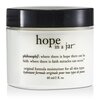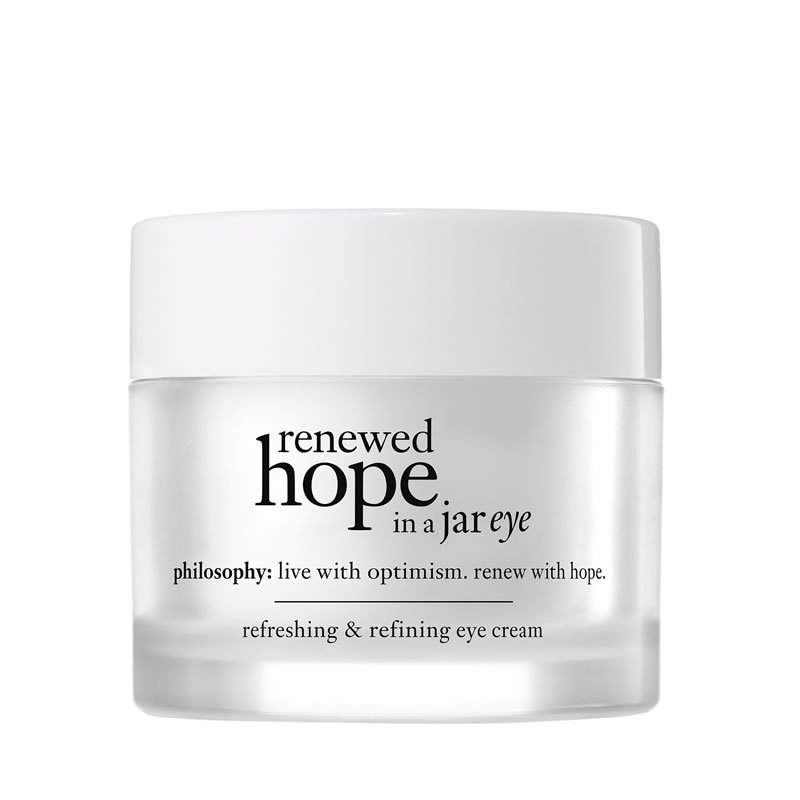

Anthropologist Robert Shufeldt ranked the beauty of Indigenous women arguing that the most “unattractive women” used paint on their faces. Scientists argued that the “beauty of white skin expressed Anglo-Saxon virtue and civilization,” in comparison to the painted faces of Indigenous peoples. Moralists declared that face paint was a form of “corporeal hypocrisy,” demanding that women “shun paints and artifice in the service of natural beauty.” The virtuous white woman was differentiated from the “painted woman” and “painted queen,” phrases used to demean sex workers and transfeminine people who wore reddened cheeks and darkened eyelids. In 1845 the first masquerade law in New York made it a crime to have your “face painted…or concealed, or be otherwise disguised” in public. This anxiety reached a fever pitch in the 19th century. In 1616 English writer Thomas Tuke warned that “a painted face is a false face…not a true face.” Poet Johne Donne wrote that women who painted their face were taking “the pencil out of God’s hand.”

Replete with the voices and experiences of ordinary women, Hope in a Jar is a richly textured account of how women created the cosmetics industry and cosmetics created the modern woman.

From New York's genteel enameling studios to Memphis's straightening parlors, Peiss depicts the beauty trades that thrived until the 1920s, when corporations run by men entered the lucrative field, creating a mass consumer culture that codified modern femininity. Walker-in shaping a unique industry that relied less on advertising than on women's customs of visiting ("Avon calling") and conversation. She highlights the leading role of black and white women-Helena Rubenstein and Annie Turnbo Malone, Elizabeth Arden and Madame C. How did powder and paint, once scorned as immoral, become indispensable to millions of respectable women? How did a Victorian "kitchen physic," as homemade cosmetics were called, become a multi-billion-dollar industry? In Hope in a Jar, historian Kathy Peiss gives us a vivid history in which women, far from being pawns and victims, used makeup to declare their freedom, identity, and sexual allure as they flocked to enter public life.


 0 kommentar(er)
0 kommentar(er)
